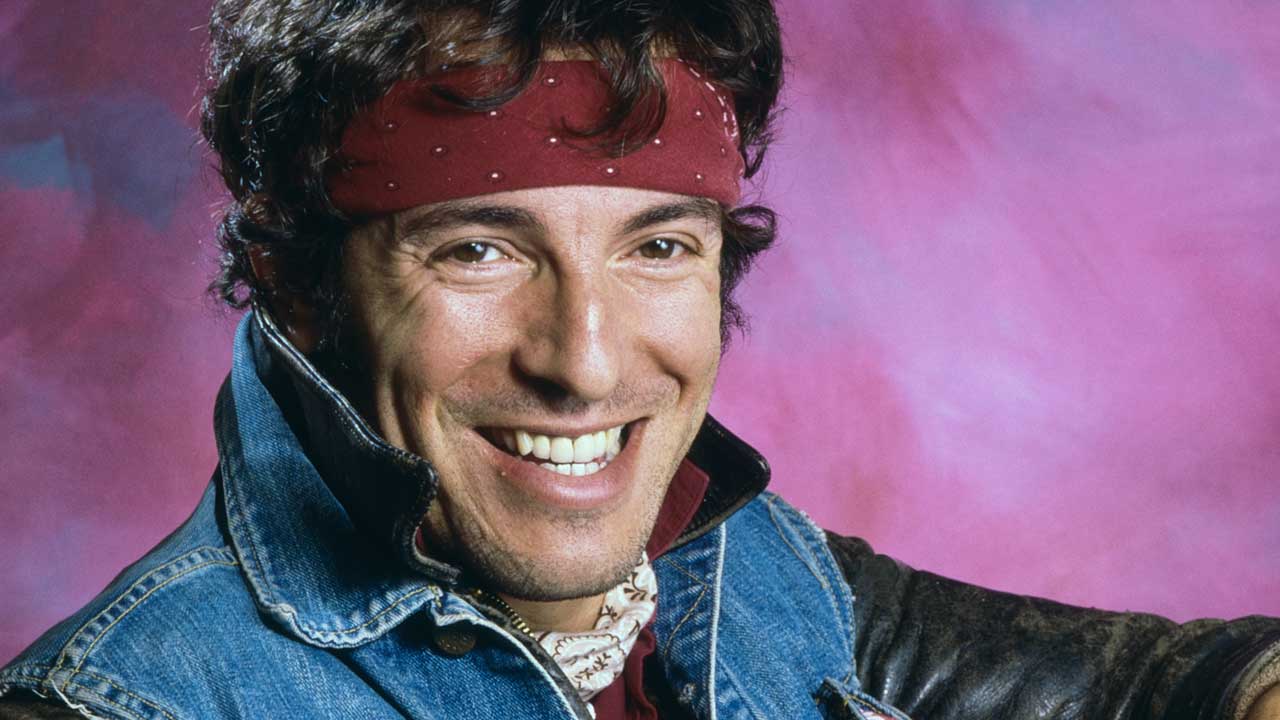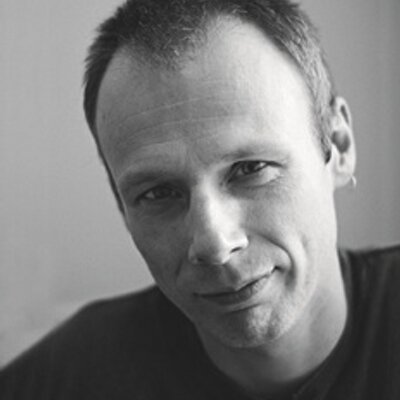How Bruce Springsteen's most rage-filled, despairing and misunderstood album was helped into the pop charts by a song he didn't want to write and a future star of Friends
"Look, I've written seventy songs. You want another one, you write it" - Bruce Springsteen

Bruce Springsteen originally meant for a version of what became his signature album to come out two years earlier than it did. In January 1982, he assembled the E Street Band at Power Station studios in midtown Manhattan to begin work on his sixth album. Over the next five months they put down the motherlode of material that Springsteen had demoed at his New Jersey home on a four-track tape recorder. Among these were all but four of the songs destined to comprise Born In The USA (My Hometown, No Surrender, Bobby Jean and Dancing In The Dark were recorded during sessions the following year).
The problem back then, as far as Springsteen saw it, was that he had two very different records going on. One was spare and spooked, the other made up of taut, punchy tracks with rallying choruses. Briefly he conceived of a double album, but decided against repeating himself after 1980’s double The River.
Ultimately it was the more haunted record, shorn of the E Street Band’s contributions, that came first. Released in September 1982, Nebraska ended up being assembled from Springsteen’s homemade demos. A literal solo record, it was bleak and brilliant.
Arriving two years after Nebraska, Born In The USA sounded at least like a roar of relief. Where Nebraska had been rough-edged and gnarly, Born In The USA’s surfaces gleamed. Its 12 songs were sleeked strategically for FM radio airplay, with Max Weinberg’s propulsive drum volleys ricocheting off banks of driving guitars and pulsing synths.
No track better illustrated that than Dancing In The Dark. The last to be recorded for the album, it was occasioned by Springsteen’s manager/co-producer Jon Landau telling him they were missing an obvious hit. “Look, I’ve written seventy songs. You want another one, you write it,” Springsteen shot back. He wrote Dancing In The Dark later that night in his hotel room, the giddy rush of the music in sharp contrast to his brooding mood.
Soon enough it was accompanied by his first proper promo video. With the newly muscle-bound Springsteen plucking future Friends star Courtney Cox out of an audience to dance with him, it was lapped up by MTV and helped Born In The USA to sell more than 30 million copies.
However, look beneath its polished hood and Springsteen’s biggest-selling album was as rage-filled and despairing as Nebraska. For all the joy it signalled, Dancing In The Dark actually communicated Springsteen’s own self-loathing. ‘Man, I’m just tired and bored with myself,’ he sang. Darlington County and Working On The Highway mourned dead-end lives going from bad to worse; Downbound Train and I’m On Fire seethed with pent-up frustration. Then there was the title track, widely misunderstood as a jingoistic call to arms (not least by then-US president Ronald Reagan’s campaign team), when in reality it was a damning indictment of such blind patriotism.
Sign up below to get the latest from Classic Rock, plus exclusive special offers, direct to your inbox!
Annie Leibowitz’s iconoclastic cover photo may have knowingly cast Springsteen as an all-American hero, but he was never more its doubting conscience than on Born In The USA.
Paul Rees been a professional writer and journalist for more than 20 years. He was Editor-in-Chief of the music magazines Q and Kerrang! for a total of 13 years and during that period interviewed everyone from Sir Paul McCartney, Madonna and Bruce Springsteen to Noel Gallagher, Adele and Take That. His work has also been published in the Sunday Times, the Telegraph, the Independent, the Evening Standard, the Sunday Express, Classic Rock, Outdoor Fitness, When Saturday Comes and a range of international periodicals.

